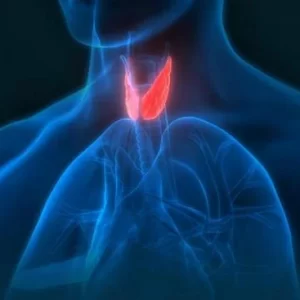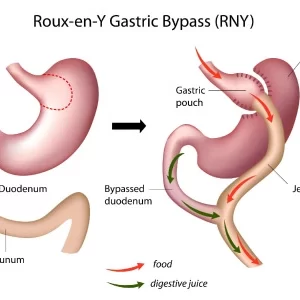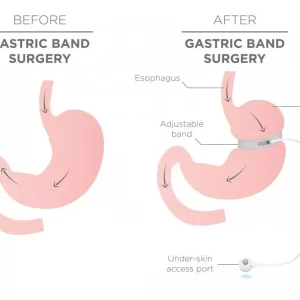Sleeve Gastrectomy
A surgical weight-loss surgery is a sleeve gastrectomy, sometimes known as a vertical sleeve gastrectomy. By inserting tiny equipment through numerous tiny incisions in the upper belly, this surgery is often carried out laparoscopically. The stomach is removed from the body during a sleeve gastrectomy, leaving behind a tube-shaped stomach that is roughly the size and shape of a banana.
Description
What is Intragastric Balloon Insertion?
A surgical weight-loss surgery is a sleeve gastrectomy, sometimes known as a vertical sleeve gastrectomy. By inserting tiny equipment through numerous tiny incisions in the upper belly, this surgery is often carried out laparoscopically. The stomach is removed from the body during a sleeve gastrectomy, leaving behind a tube-shaped stomach that is roughly the size and shape of a banana.
Your ability to eat depends on how much food you can fit in your stomach. The surgery also triggers hormonal adjustments that help with weight loss. The same hormonal changes also aid in treating diseases like high blood pressure or heart disease that are linked to obesity.
Why it’s done?
Sleeve gastrectomy is done to help you lose excess weight and reduce your risk of potentially life-threatening weight-related health problems, including:
- Heart disease
- High blood pressure
- High cholesterol
- Obstructive sleep apnea
- Type 2 diabetes
- Stroke
- Cancer
- Infertility
Sleeve gastrectomy is typically done only after you’ve tried to lose weight by improving your diet and exercise habits.
In general, sleeve gastrectomy surgery could be an option for you if:
- Your body mass index (BMI) is 40 or higher (extreme obesity).
- Your BMI is 35 to 39.9 (obesity), and you have a serious weight-related health problem, such as type 2 diabetes, high blood pressure or severe sleep apnea. In some cases, you may qualify for certain types of weight-loss surgery if your BMI is 30 to 34 and you have serious weight-related health problems.
You must also be willing to make permanent changes to lead a healthier lifestyle. You may be required to participate in long-term follow-up plans that include monitoring your nutrition, your lifestyle and behavior, and your medical conditions.
Check with your health insurance plan or your regional Medicare or Medicaid office to find out if your policy covers weight-loss surgery.
Benefits of Instragastric balloon
- Technically simple and shorter surgery time
- Can be performed in certain patients with high risk medical conditions
- May be performed as the first step for patients with severe obesity
- May be used as a bridge to gastric bypass or SADI-S procedures
- Effective weight loss and improvement of obesity related conditions





